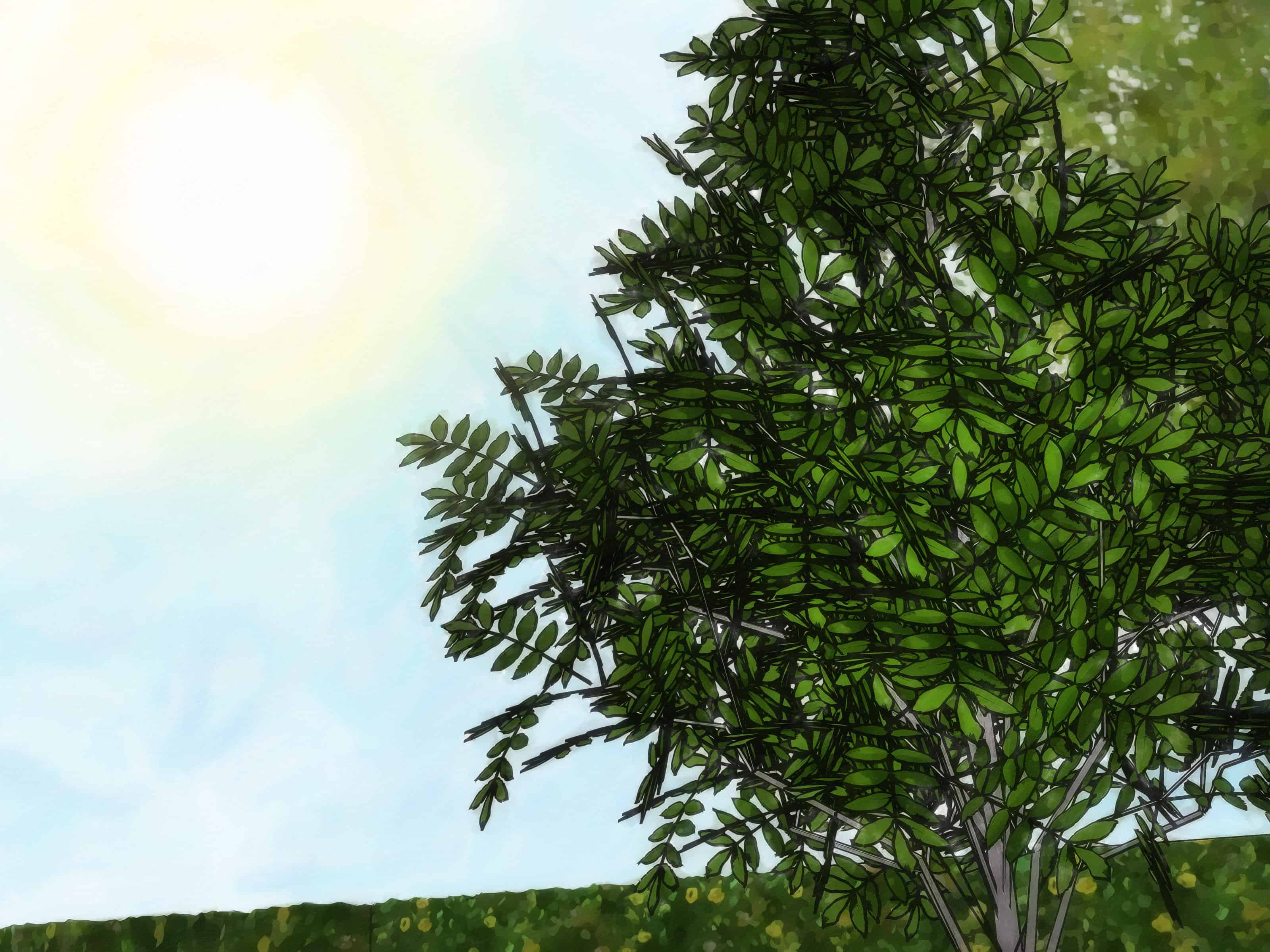Contents
How to Properly Plant a Tree
Do it right today and it will thrive for decades
The key to a thriving, beautiful, mature tree is knowing what you’re doing on planting day. Here are the essential tips for planting and caring for your new tree so you can enjoy it for years to come.
Dig a shallow, broad hole
Dig a saucer-shaped hole three to five times the diameter of the root-ball (or the spread of the roots for a bare-root tree). This allows the roots to easily penetrate the softened backfill and properly anchor the tree. As you dig, place the soil on a tarp to make backfilling easier and to avoid damaging surrounding grass.
Plant in spring or early fall
The ideal time to plant a tree is in early spring before “bud break” or in the fall before the tree goes dormant. Cool weather allows the tree to establish roots in its new location before new top growth puts too much demand on it. Some trees establish better if planted in early spring. These include oaks, pines, dogwoods, American holly, willows and black gum. A tree planted during the hot summer months can get stressed by the heat and will be harder to keep watered properly.
Set the roots free
If the roots circle the root-ball, but none are thicker than a pencil, use your fingers to gently tease the root-ball apart to encourage the roots to expand into the surrounding soil. If the tree is severely root-bound and has circling roots larger than a pencil in diameter, use a method called “box cutting.” Use a pruning saw to shave off all four sides, creating a square root-ball.
Don’t plant too deep
Plant the tree so its root collar—the trunk flare right above the root system—is about 1 in. above ground level. Take the tree out of the container (slitting the container sides) or cut away the wire cage and burlap. Then measure the distance from the root collar to the bottom of the root-ball and dig the hole to that depth. Don’t go by the soil level in the container. Dig down into the planting medium to find the root collar so you know how deep to plant the tree. If you’re planting a bare-root tree, leave a cone of soil at the bottom of the planting hole and set the root system on top. Place the handle of your shovel flat across the hole from one side to the other to make sure the crown is level with the surrounding soil. You should be able to partially see the root collar, or trunk flare, after the tree is planted.
Don’t improve the soil
For years, experts recommended adding compost, peat moss or fertilizer to the planting hole. But most now agree that you shouldn’t backfill with anything other than the original soil from the planting hole (despite what the plant tag says). Soil amendments in the planting hole can discourage the tree roots from spreading into the surrounding soil and can cause poor water drainage. Also, in some instances, fertilizers can kill young roots.
Mulch wide, but not deep
Make a 3-ft. (or larger) circle of mulch 2 to 4 in. deep around the trunk. But don’t mulch too deep. This can create surface drainage problems and deprive roots of oxygen. Keep the mulch 3 or 4 in. from the trunk to avoid disease, rot and pest problems. Some good mulch choices are shredded bark or composted wood chips. Don’t use woven or plastic landscape fabric or other weed barriers underneath the mulch. These can cause major problems later on as seeds grow roots down through these materials and anchor themselves into the barriers.
Water carefully
For the first few weeks, you may have to water every few days depending on the weather. After that, longer (deeper), less frequent watering is much better than shorter (quicker), frequent watering. To help the tree create deep roots to resist drought and wind, encircle it with a soaker hose a few feet out from the trunk and run it at a trickle for an hour. Stick a popsicle stick (or your finger) 2 to 3 in. into the ground. If the soil is damp down 3 in., you’re giving it enough water. If not, water until the soil is damp but not saturated around the root-ball. Allow the soil’s surface to begin to dry out between waterings.
Don’t plant too close to a building
Plant a tree with its mature size in mind. Many arborists suggest planting a tree no closer to a structure than one half of its expected mature canopy spread. Also, watch out for overhead power lines—most shade trees will grow at least to the height of residential power lines. Choose shorter, ornamental trees for these areas.
